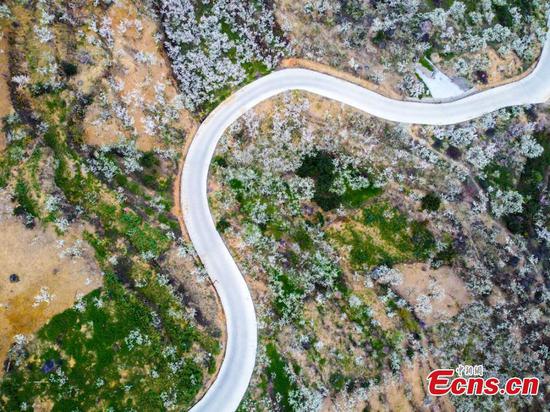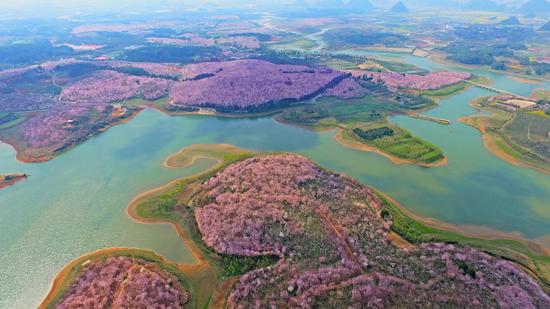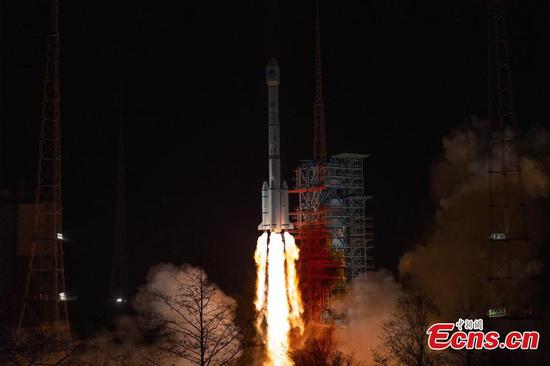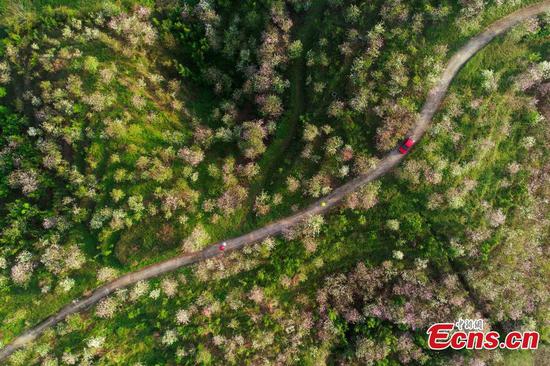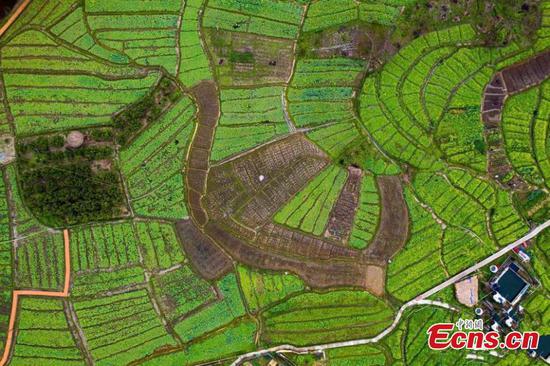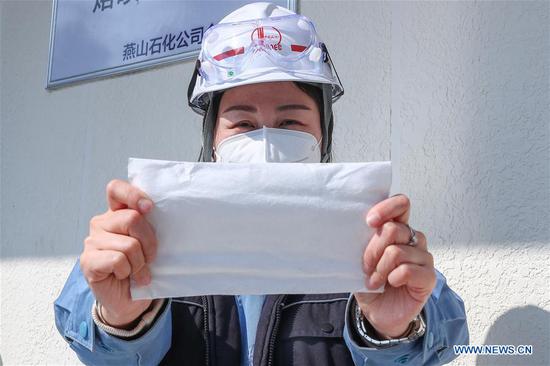
File photo of the Qaidam Basin in northwest China. (Photo provided to Xinhua)
A new study showed that the drought-ridden Qaidam Basin in northeastern Qinghai-Tibet Plateau experienced temperate and wet climate around 30 million years ago.
The research, jointly launched by Chinese and British geologists, was recently published in Earth and Planetary Science Letters.
Researchers reconstructed the paleoclimate and paleoelevation of the Qaidam based on the analysis of plant fossils found in its northern areas.
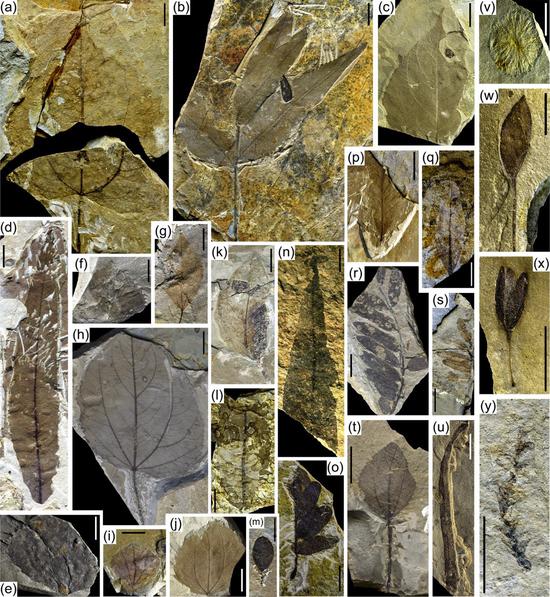
The findings noted that the average temperature of the Qaidam Basin at that time was around 11.6 Celsius, and annual precipitation was likely to exceed 1,000 mm with subdued seasonality in which summers were drier than winters.
"The basin was covered by temperate deciduous forests 30 million years ago. The proto-Paratethys sea once across Eurasia brought abundant water vapor to boost the growth of plants," said Shi Gongle, associate researcher with the Nanjing Institute of Geology and Palaeontology under the Chinese Academy of Sciences.
Qaidam Basin is one of the three major inland basins in China. Its current climate features drought and strong winds, and its temperature varies greatly between day and night. It is a key region for understanding the history and the underlying mechanisms of Central Asia aridification.













